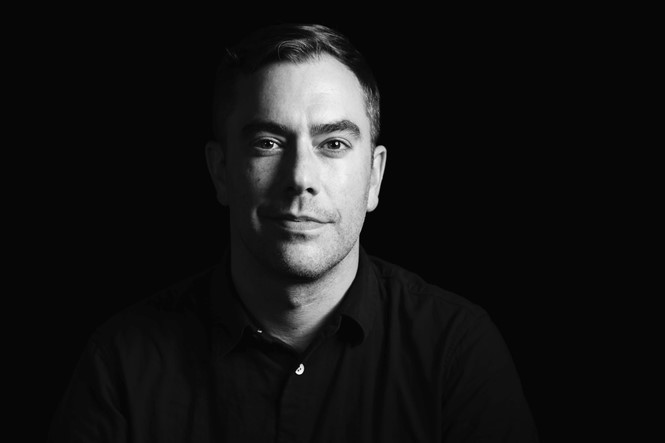Five Minutes With Leo Leone

Chief creative officer at New York-based Barbarian, Leo Leone is an expert in creative storytelling and its relationship with technology. He discusses stories and creativity in today’s brands, and the importance of emotions in brand development
There has never been a better time to be a creative or a bold brand. Why do you think that’s true?
Brands no longer control the airwaves. They’re literally competing against the entire world for attention. Their brand perception relies on consistently establishing a rapport with their audience, in order to stay relevant and have insurance for when they inevitably screw up, so that consumers will be willing to give them another chance. Brands today have to be bold. They have to be strategic. And they have to be proactive.
As a creative, that makes for a hell of a time to be in this industry. Brands are asking for provocative, bold technology – for ideas that aren’t just about sales. It can be overwhelming, but it’s pretty awesome too.
What are the main principles of creative storytelling you apply on a design campaign?
First, tension. This can come in a line, a visual execution or the visceral reaction you get that you can’t really describe. It’s what makes people feel something. Everyone knows they are being marketed to – if you can make them forget it for one moment and make them feel something, that’s gold.
We strive for simplicity. We’re flooded with marketing and brand messaging everywhere, and most brands have multiple objectives or messages they want to get across. But if you look at the luxury fashion world, they tell stories that consumers actually seek out with single beautifully composed photographs and a logo. They leave you with a single thought, by creating tension between an image and a line of copy. Let visuals do as much of the talking as possible.
Emotions play a key role too. I think we’re in the business of making people ‘feel’ something or a certain way about a brand. That can be in the moment, and ideally over time. Our brains are used to filtering marketing that feels like marketing we’ve seen before, so you have to visually wake people up and make them feel differently about your marketing. OK Cupid's DTF campaign was a great example of this.
Last, we work on a symbol or icon or an approach to visuals and copy that your story can own. One that people recognise or even mimic – that can drive your brand story so much farther and make it last so much longer. When it’s good, it becomes a calling card for your brand. At it’s best it becomes part of culture. Budweiser has been doing this forever.
How do you engage audiences in an age of widespread technology and limited focus?
Focus is limited because there’s so much garbage being thrown at us. People are in perpetual ‘sift’ mode. If you can present your brand story in a way that emotionally resonates, people will spend all the time in the world with it. The emotion doesn't have to be deep – it can be a smile or a scream. Look at meme culture. Look at reality TV. Take cues from music, art, even religion.
What is the key to a successful brand storytelling campaign?
Most of all, it’s about getting a reaction. You can have the most beautiful creative in the world, but if it doesn’t evoke an emotional response with the intended audience, it doesn’t really matter.
What is the best example of creative storytelling you’ve seen in recent years?
The ‘Last DaVinci’ work from Droga5. It was flat out brilliant. It was a global campaign targeted at an audience of roughly half a dozen people. A clever rebrand and marketing generated such hype around a piece of art that may not even be a real DaVinci that these six or so individuals had to have it. All leading to a record breaking auction price tag and a story that will probably have this piece continue to increase in value over time.












